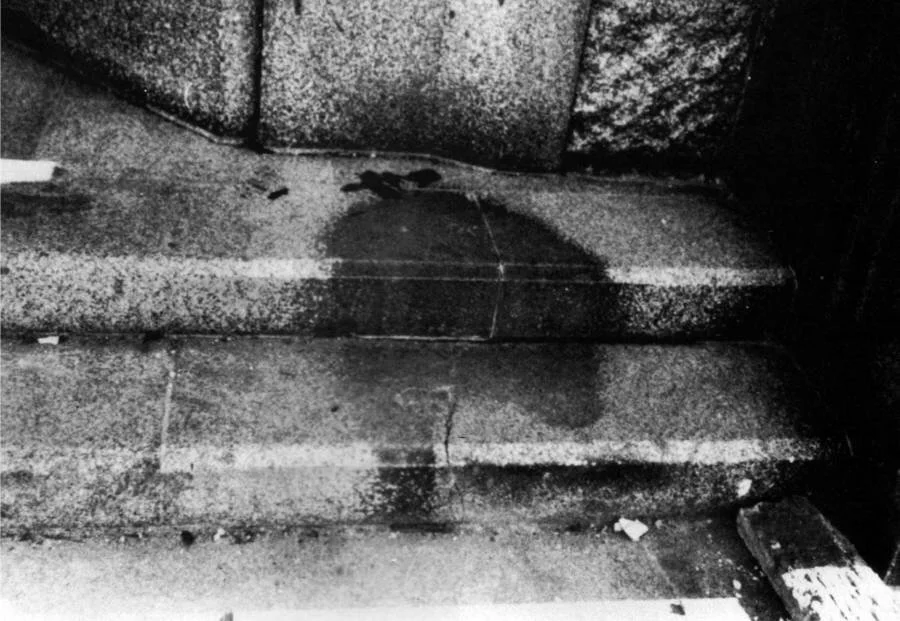I learned about Hiroshima/Nagasaki from my parents. Maybe I was 13 or 14. Circa 1970, my parents worked with Asian American students (SF State and UCB) aka AAPA (Asian American Political Alliance), the East Bay Chapter of of the JACL, and a group of survivors from Hiroshima to do a first commemoration of the dropping of the bomb by Asian Americans. I was young… there were some program events at the Kintetsu Mall in SF. But not enough people to staff all the events. My sister and I were assigned the job of running a short film for interested people. Short grisly film. It wasn’t the below film exactly, but it was something like the below film. The film we ran had images of Japanese survivors with kimono patterns seared onto their skin, shadows of people who were evaporated by the bomb were imprinted on buildings. On saturday afternoon, we just teed up and ran that film all afternoon. You don’t forget it when you see a film like this a dozen times.
Kyoto was on the “to be bombed” list. Then-Secretary of War, Stimpson lobbied to have Kyoto replaced by Nagasaki. He knew Kyoto was a place of great cultural value in the history of Japan, all those Buddhist temples. Secretary Stimpson was also initially against the internment of the Japanese. But… and this may be too much detail…. the legal and logistical and political pros and cons about internment were a source of conflict between and within the departments of State, Justice and War in 1942 (Cf. Justice at War by Peter Irons, 1983). Stimpson lost. … and the rest…
The U.S. Federal government is a behemoth of different departments, sections—its hard to keep track of all the memos, reports. Years later (maybe 1972?), I overhear my parents talking about Peter Irons. Prof. Irons had been digging around the archives and made an incredible find.
“Really, it was just sitting there?”
“Yes, he was in the archives (prob national archives) and he came across the memos and reports. Those reports that clearly show there was no evidence of disloyalty among Japanese Americans.”
“Right out in the open? They were not not misfiled?”
“Shouldn’t they keep that stuff secret?”
“And then what… he just called Dale?”*.
“Well, I think he called someone else and then connected with Dale. Yes.”
“isn’t that something?”
* Dale Minami was one of several attorneys (Asian Law Caucus) who filed a Coram Nobis case on behalf of Japanese Americans, reopened the case of Gordon Hirabayashi (one of several landmark Supreme Court cases challenging internment during WWII). Peter Irons’ find at the national archives was key for the case.

